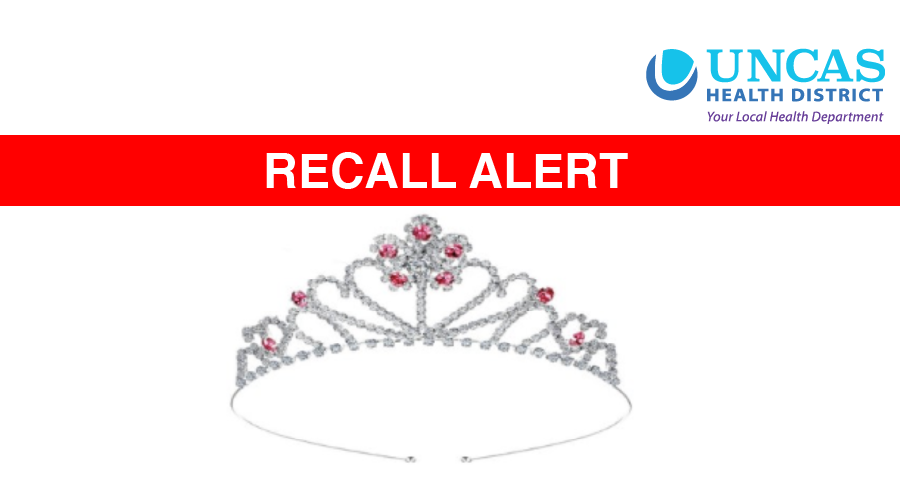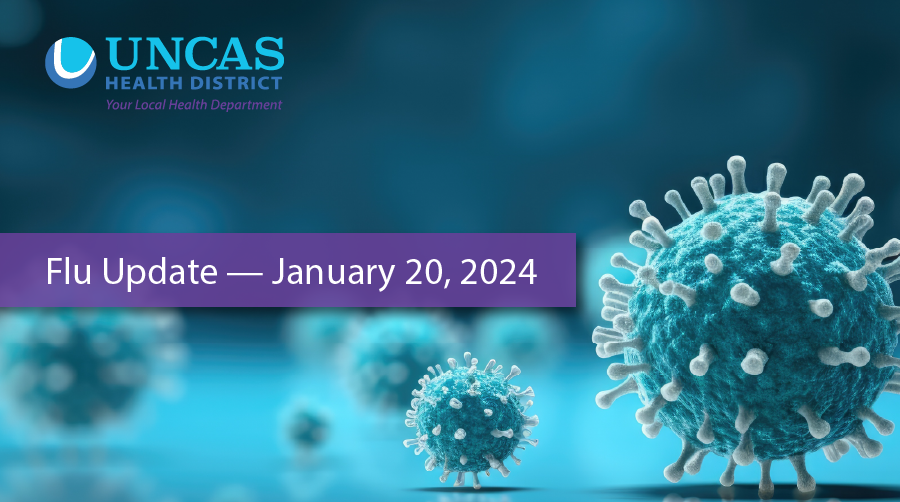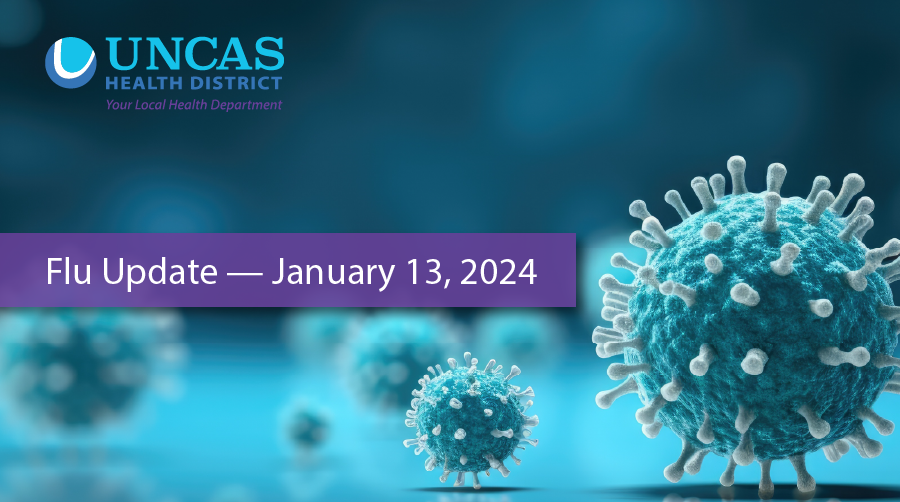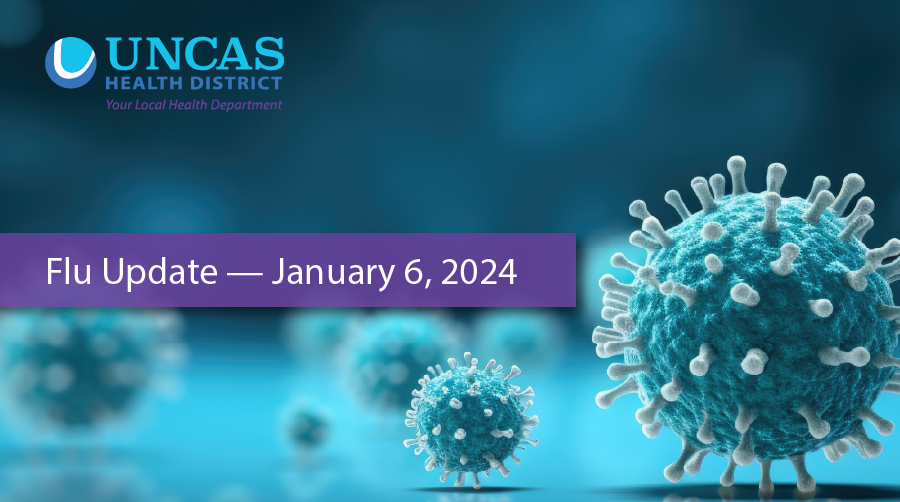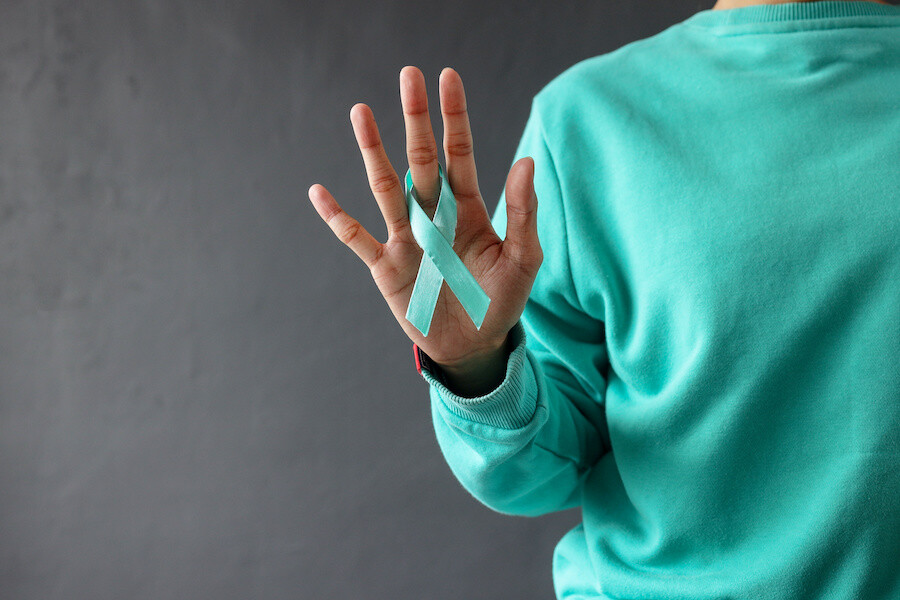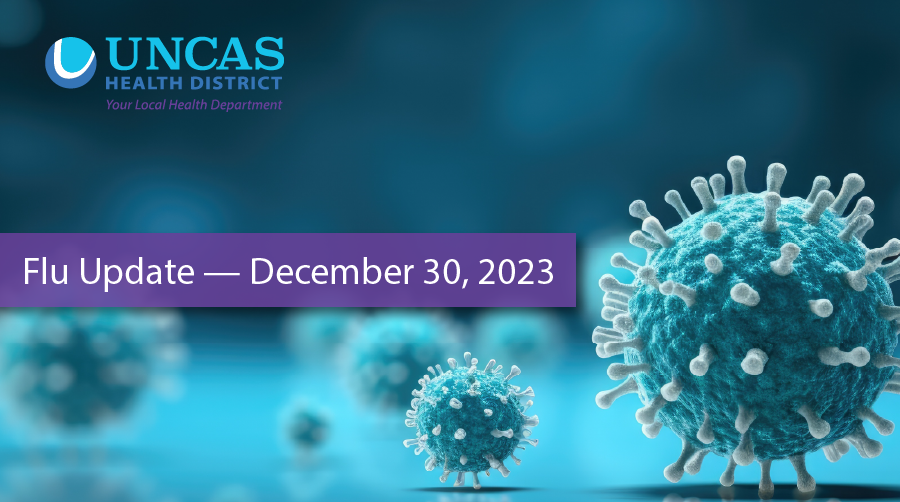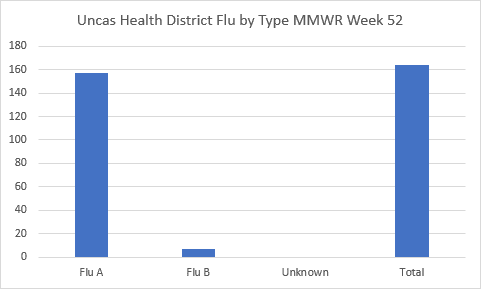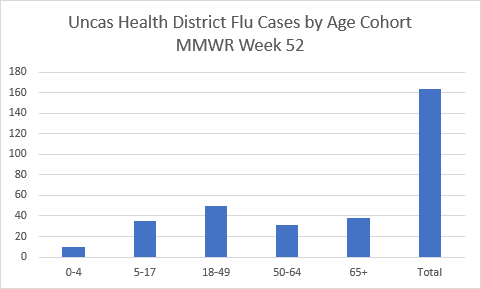Let’s be honest: most of our New Year’s Resolutions fizzle by February. Gym memberships gather dust, the kale wilts in the refrigerator, and initiatives such as “Dry January” fade like a forgotten dream. But what if, instead of crash diets and drastic reforms, we embraced mini habits for lasting healthy change?
Forget the all-or-nothing approach. Tiny, sustainable tweaks to your daily routine can have a powerful cumulative effect on your physical and mental well-being. Think of it like building a brick wall; each small brick laid consistently contributes to a strong, lasting structure.
Here’s how to ditch the January-only mindset and cultivate healthy habits year-round
- Start Small, Start Specific: Don’t overwhelm yourself with ambitious goals. Begin with one tiny change you can realistically incorporate into your day. Instead of vowing for daily gym visits, commit to a 10-minute walk during your lunch break. Choose a habit that excites you, not one that feels like punishment.
- Track & Celebrate: Keep a simple habit tracker (bullet journal, app, etc.) to visualize your progress. Seeing those checkmarks adds up and fuels motivation. Celebrate your mini-victories, no matter how small. Reward yourself with a healthy treat, a relaxing soak, or anything reinforcing your positive choices.
- Focus on Progress, Not Perfection: There will be slip-ups. Don’t let them derail you! View setbacks as learning opportunities, not failures. Forgive yourself, recommit to your mini habit, and move forward. Remember, progress, not perfection, is the key to lasting change.
Simple Habit Ideas for Year-Round Wellness
- Hydration Hero: Set reminders to sip water throughout the day. Infuse it with fruits or herbs for added flavor.
- Movement Minute: Take the stairs, do some stretches during breaks, or park further away to add movement to your day.
- Sleep Sanctuary: Establish a relaxing bedtime routine and aim for 7-8 hours of quality sleep.
- Mindful Meals: Savor your food, chew slowly, and avoid distractions while eating.
- Tech Timeout: Schedule times to disconnect from screens and reconnect with yourself and your loved ones.
- Gratitude Glow: Reflect on three things you’re grateful for daily. Start a gratitude journal to boost happiness.
- Nature Nurture: Spend time outdoors, even just a few minutes in your backyard. Breathe in the fresh air and soak up the sunshine.
Remember, minor changes add up to significant results. Embrace the journey, celebrate your progress, and cultivate healthy habits that last a lifetime. You deserve to feel your best all year round!

